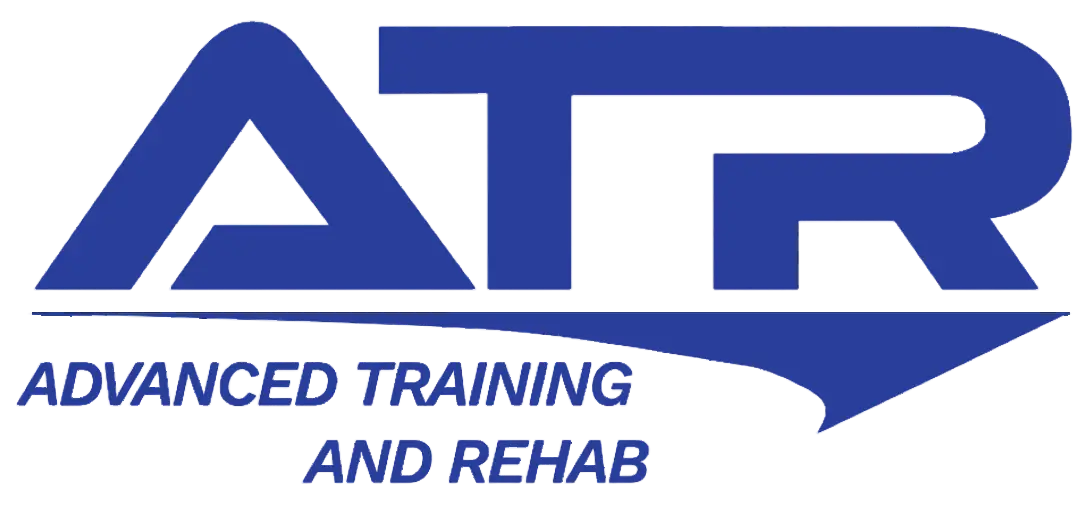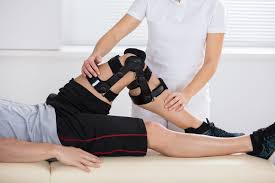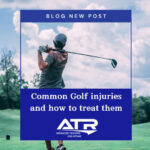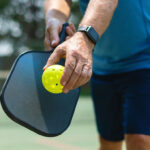With fall sports right around the corner, a fitting topic for this next blog would be talking a little bit about a common injury that can occur in both contact and non-contact sports, an Anterior Cruciate Ligament tear or ACL tear.
There used to be a time when an ACL injury meant the end of a sporting career. Fortunately, due to advancements in surgery options as well as therapy, there is a possibility of returning to sport activities within 10-12 months. ACL injuries have become very common with over 200,000 people suffering injuries to their ACL each year according to the American Academy of Orthopedic Surgeons. The most common mechanism of injury for a torn ACL involves stopping quickly and pivoting over a stationary knee. This puts maximum strain on the attachment sites of the ACL which spans from the Tibia to the Femur. An audible “popping” sound can be heard right after the injury occurs. This is very common and reported by a significant number of people who injure the ligament. After an ACL is torn, the stability of the knee joint is compromised, thus people who have an injury may report experiencing that their knee is “wobbly” or “unstable”.
Surgical options: First, it should be said that many people are able to live their life with a compromised ACL. What determines if surgery is required is the severity of the injury as well as the life-style of the patient. Patients who do not plan on returning to playing sports and have functional stability of their knee joint are usually the best candidates for avoiding an ACL surgery. When a patient decides to have reconstructive surgery, the ACL graft options include a hamstring graft, a patellae tendon graft, and an allograft which is an ACL taken from a cadaver. It is not actually true that you reconstruct the ligament, but instead the graft utilized replaces the existing torn ACL.
Surgical Recovery: Recovery from an ACL is one of the longer recoveries that takes place within the world of sports medicine. Physical therapy is a critical component of the recovery process. The initial phase of rehab focuses on allowing proper surgical healing while controlling swelling and maximizing quadriceps muscle activation. As swelling comes down, knee mobility becomes a priority in order to ensure the patient can reach a range of motion that is equal to their other knee. Functional strengthening allows the patient to handle day to day activities without pain or instability present. Once proper surgical tissue healing has occurred and a patient is able to demonstrate functional strength of their knee, the transition to higher level dynamic strengthening and eventual return to sport activities occurs. Overall, this timeline occurs over the course of 9-12 months with full recovery expected around one year to 16 months after the initial injury.
Psychological component: As previously mentioned, the recovery and rehab from an ACL injury can be quite a long time. In recent years, there has been more and more research into analyzing the importance of the psycho-social component of an ACL rehab. Since this injury is occurring more frequently in the younger population, it is critical that all the members of the care team and parents are talking to their children about how they are mentally handling the experience. The rehab is hard enough as is, young adults should not feel alone as they go through this journey.
While no one ever plans to have an ACL injury occur, the good news is thanks to advancements in research and medicine, athletes are able to get back to playing the sports they love.
Author: John Cichon, PT DPT at ATR Kirkwood.
To schedule an appointment with one of our specialists call a location near you today!




